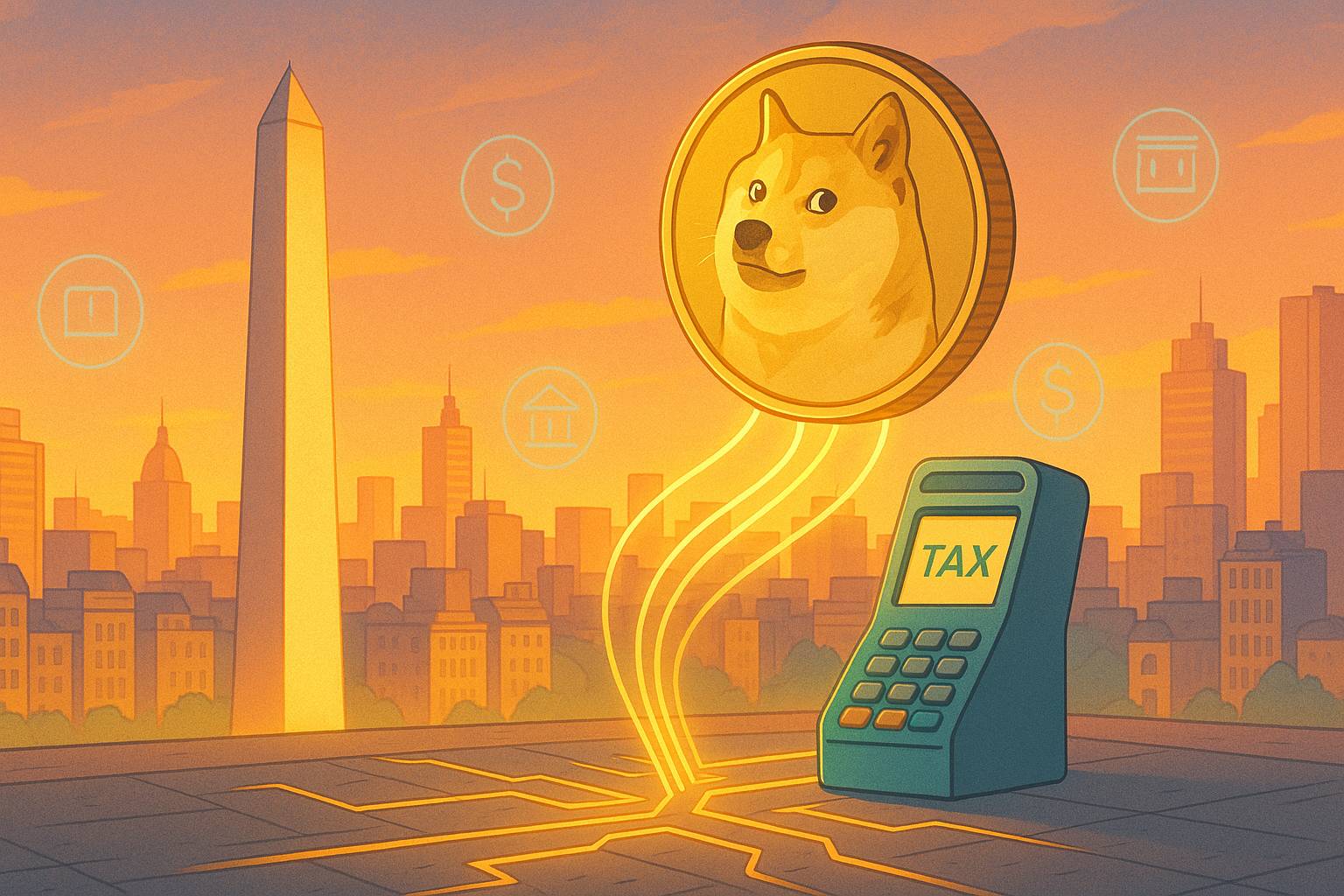What is Lovelace? Understanding Cardano's Smallest Cryptocurrency Unit
Quick Summary - Lovelace Explained
Lovelace represents the tiniest fraction of the ADA cryptocurrency, which serves as the primary currency on the Cardano blockchain. This unit, named in honor of the pioneering mathematician Ada Lovelace, symbolizes the core value metric in the Cardano network. Lovelace is integral to the Cardano ecosystem, facilitating payment of transaction fees, distribution of staking rewards, and allocation of voting rights. Its divisibility makes it suitable for microtransactions and precise value exchanges. As a foundational element of Cardano, Lovelace is pivotal in enabling secure and decentralized financial interactions.
Understanding Lovelace: A Comprehensive Outline
As the fundamental unit of the ADA cryptocurrency, Lovelace serves as the smallest measure of value on the Cardano blockchain, similar to satoshis in Bitcoin or wei in Ethereum. Named after Ada Lovelace, a visionary 19th-century mathematician and recognized as the first computer programmer, Lovelace is essential within the Cardano network.
In its digital currency role, Lovelace functions as a medium of exchange, a store of value, and a unit of account. Moreover, it is crucial for sustaining the security and decentralization attributes of the Cardano blockchain.
Lovelace: Exploring Its Divisibility
Lovelace is highly divisible, capable of being split into even smaller units. The most minute fraction of a Lovelace is termed an "atto," equating to one-trillionth (10^-12) of a Lovelace. This extensive divisibility supports microtransactions and precise value exchanges within the Cardano framework.
This property of divisibility allows ADA to be employed for transactions of all sizes, from modest daily purchases to significant financial exchanges. It also allows for adaptable transaction fees, modulated by the chosen priority or urgency of the transaction.
Practical Applications of Lovelace
Within the Cardano ecosystem, Lovelace serves several essential functions:
Transactional Costs:
Engaging in ADA transfers or executing transactions on the Cardano blockchain entails a minor amount of Lovelace as a transaction fee. These fees deter spam and uphold the network’s integrity and security. The fees are calculated based on several elements, such as network traffic and the preferred transaction urgency.
Rewards for Staking:
Cardano employs a proof-of-stake model, permitting ADA holders to engage in the network's security and earn rewards for staking. By staking ADA, users support the decentralization and protection of the Cardano blockchain. The rewards, denominated in Lovelace, serve as an incentive for ADA holders to remain active participants in the network.
Participation in Governance:
Cardano's governance framework empowers ADA holders to partake in crucial decision-making through voting. Each ADA contributes to voting power, with the influence of the vote directly tied to the amount of ADA owned. Lovelace is used to quantify and assign voting power, ensuring a balanced and democratic governance structure within Cardano.
Final Thoughts
As the smallest denomination of the ADA cryptocurrency, Lovelace acts as the basic unit of value on the Cardano blockchain. Its divisibility facilitates microtransactions and precise exchanges of value. Lovelace supports transaction fees, staking incentives, and voting rights within the Cardano ecosystem. As advancements and growth in Cardano progress, Lovelace will continue to be a vital element in promoting secure and decentralized financial dealings.









